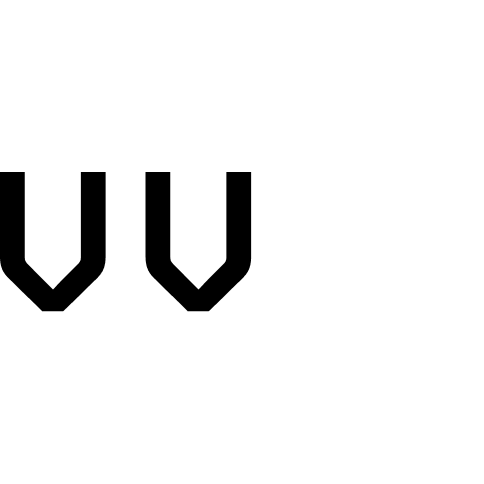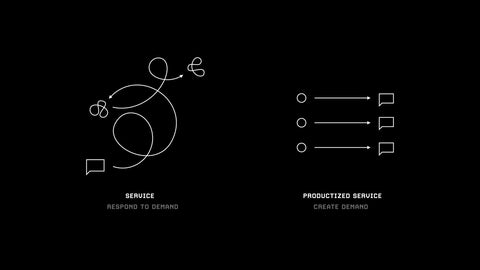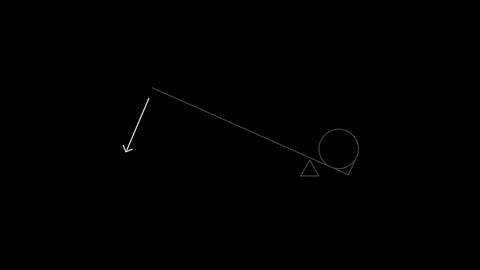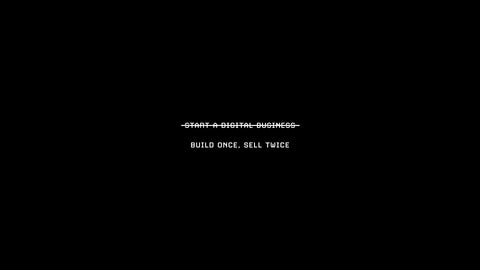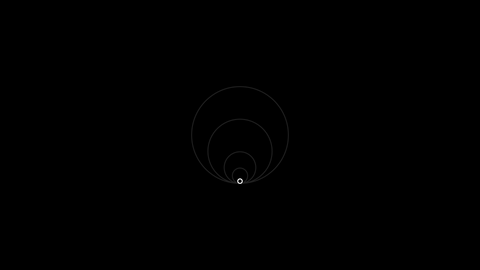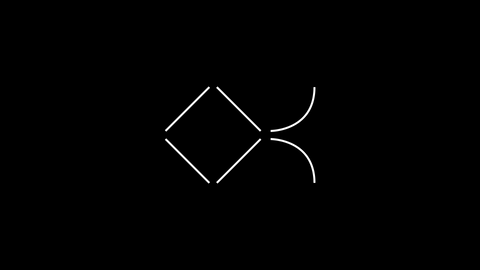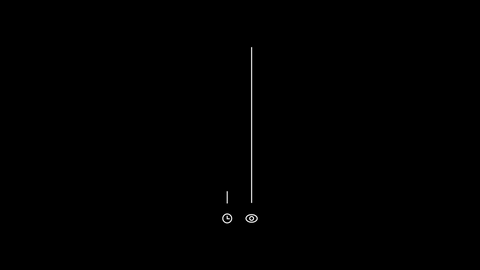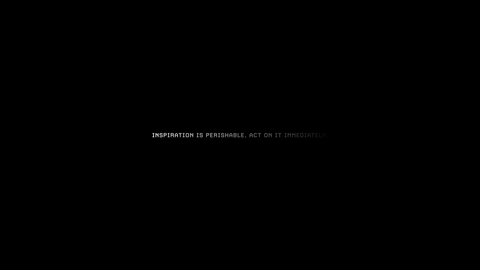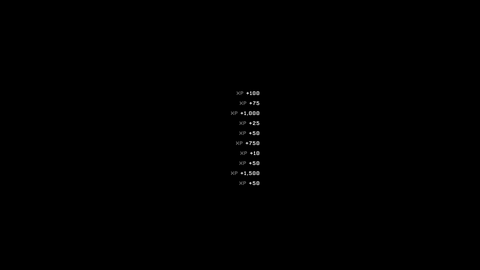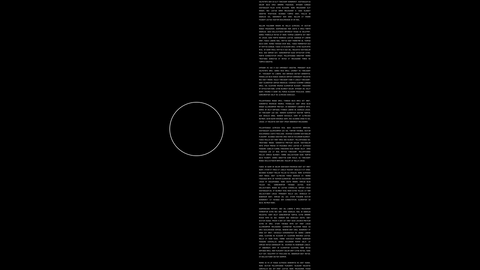This is a full preview of the Executive Summary from Visualize Value's Build Once, Sell Twice.
The techniques, strategies, and tactics I will be referring to throughout this course are specific only to what I can prove with my experience.
Visualize Value is a remote business run entirely by my wife Celia and me.
As I explained in the introduction video — our previous business was focused solely on service (an advertising agency), and it was impossible for us to accelerate our income and free up our time, the more money we made the more miserable we became.
Below is a summary of our results year-to-date since pivoting our model to incorporate the things we'll be sharing in this course. (Not pictured is 2019, where our service revenue was very similar, but our product revenue virtually non-existent.)
As you can see, our service revenue fluctuates dramatically, hitting a ceiling of $58,000 in February. Here, we're constrained by the time we spend on client work in person.
However, since introducing product, we've been able to break the "time barrier" capturing more than 3x our service revenue, in less time, and with zero additional labor.
This is the nut we want to help you crack.

It is important to mention that we had no intention of burning the metaphorical "service boat" for a number of reasons. We still had clients to service, and we were not prepared to forfeit a solid income stream to gamble on a new business.
So how did we make this transition?
By narrowing our focus drastically. This is the trap I see most service business owners fall into — they assume that by getting hyper-specific about the problem they solve, they're opting out of a wider opportunity. This would technically be true if the laws of the universe didn't apply to you. If you are a human being though, it is a belief that will keep you stuck on the service hamster wheel forever.
If you want to escape, you need to create demand.

To create demand, we built a front-end asset that proves our capabilities to the market, builds audience, and slowly increases our reputational equity.
Beginning with Twitter, and expanding to Instagram, email (Substack), and YouTube, we make contact with the market every day.

This ecosystem of content plays two roles in growing the business:
1. Driving up the value perception of the brand, ourselves, and our products.
2. Seeking out and converting clients and customers automatically.

The traffic we generate across these platforms is driven to assets we've built that are designed to capture value.
1. Educating and qualifying clients for our consulting offer.
2. Driving customers to productized service and product ecommerce pages.
The tiers of our offering are as follows:
Service: VV Consulting ($20,000+/mo)
Productized Service: VV Trust Profile Sprint ($3,000)
Product: Build Once, Sell Twice — The Productization Playbook ($297)
Product: How to Visualize Value — Design Fundamentals ($197)
Product: VV Community & Vault ($149/yr)
Product: VV Daily Manifest ($19)
Product: VV Wallpapers ($10)

This mix has delivered two distinct benefits:
1. Structured, enjoyable consulting work that exposes us to new problems and keeps us in tune with the needs of the market.
2. Product revenue that is disconnected from the number of hours we spend working.
In the remainder of this course, we'll be unpacking the mechanisms that sit behind this ecosystem - everything that is obvious in hindsight but took an enormous amount of trial and error to realize.
Once again, thank you for being here. I hope you leverage these techniques to increase the quality of your working life, earn back your time, and make a long-term investment in growing your network.
Cheers,
Jack
If you enjoyed this excerpt, Build Once, Sell Twice is available here.
